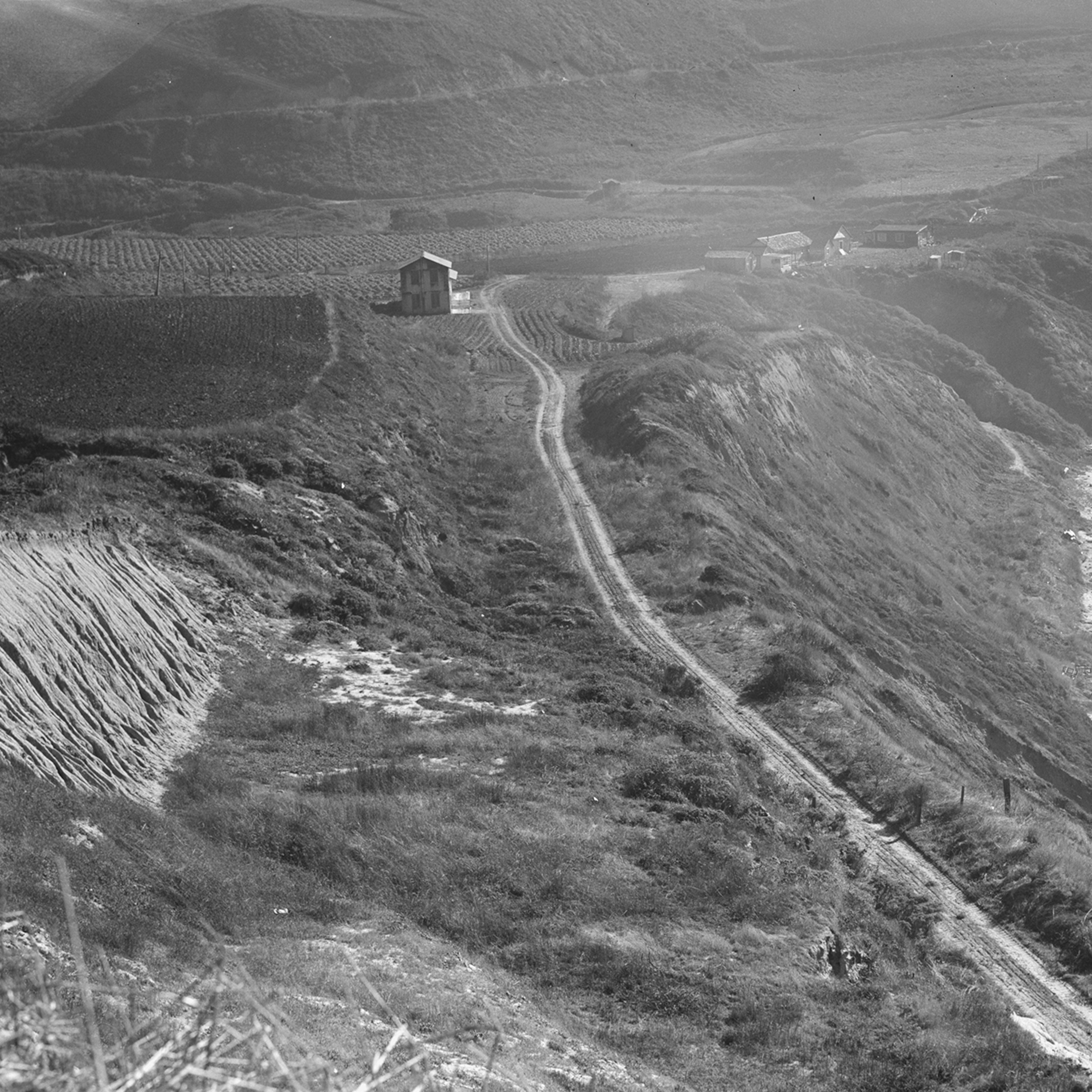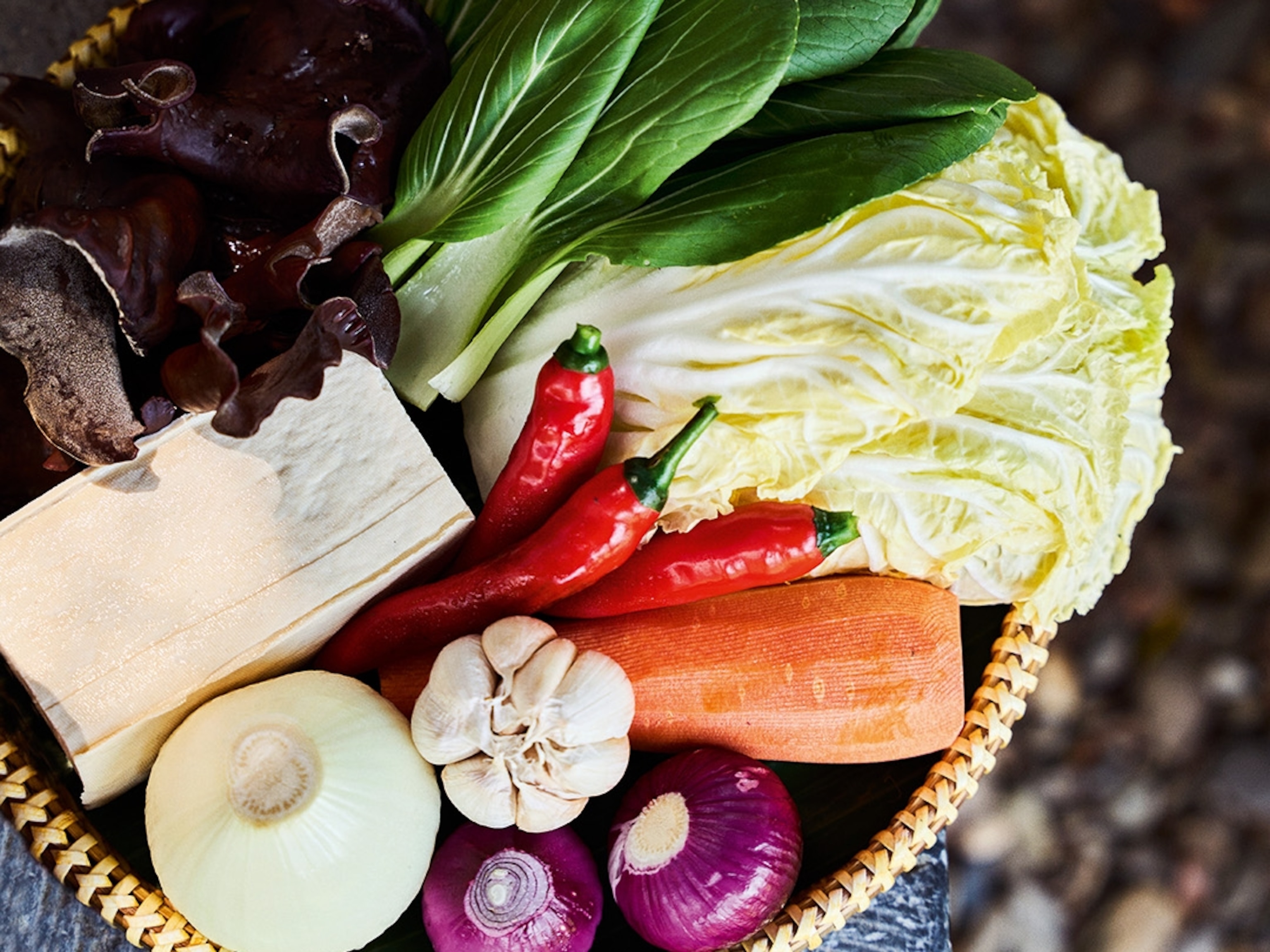Italian Renaissance painter Caravaggio—famed for his talent with chiaroscuro—lived hard and died young.
About 60 of his paintings survive—some of them enormous. He once chopped a hole in the ceiling of his rental apartment to accommodate the size of his canvases. When his landlady objected, he threw rocks at her window.
He also threw rocks at the police, brandished sword and pistol in the streets of Rome without a license, was tossed in jail for assaulting a fellow painter, was arraigned for beating a man with a stick, and instigated countless battles, brawls, and post-pub fist fights. In the worst of these—the result of, according to various sources, a quarrel over a woman, a foul ball in tennis, or an unpaid gambling debt—he killed his opponent and was forced to flee the country.
He also famously, but less lethally, attacked a waiter over a plate of artichokes.
The waiter—one Pietro Antonio de Fosaccia—who served Caravaggio and friends lunch, described the event in a statement to the police on April 26, 1604:
“I brought them eight cooked artichokes, four cooked in butter and four fried in oil. The accused asked me which were cooked in butter and which fried in oil, and I told him to smell them, which would easily enable him to tell the difference.”
“He got angry and without saying anything more, grabbed an earthenware dish and hit me on the cheek at the level of my moustache, injuring me slightly…and then he got up and grabbed his friend’s sword which was lying on the table, intending perhaps to strike me with it, but I got up and came here to the police station to make a formal complaint…”
Clearly Caravaggio had a short fuse. Or maybe it had something to do with the fact that he was eating thistles.
Thistles—in the form of artichokes and cardoons—have been on the human table since at least the days of ancient Greece and Rome. According to Greek myth, the artichoke owes its existence to the philandering Zeus who—on a visit to his brother Poseidon—spotted a gorgeous girl, Cynara, bathing on the beach. He fell instantly in love, seduced her, made her a goddess, and took her back with him to Mount Olympus. Cynara, however, lonesome and missing her mother, soon took to sneaking home to visit her family. This duplicitous act so infuriated Zeus that—in a fit of temper worthy of Caravaggio—he tossed Cynara from Olympus and turned her into an artichoke. The modern scientific name for artichoke—Cynara cardunculus—derives from this luckless girl.
Both today’s cultivated artichoke and cardoon are, scientists believe, descended from the wild cardoon, a tougher, meaner, and pricklier plant, likely a native of north Africa and Sicily. Pliny the Elder mentions two types of edible thistles known to first-century Romans: one which “throws out numerous stalks immediately it leaves the ground,” which sounds like a cardoon; the other “thicker, and having but a single stem” and purple flowers, which may be a progenitor of the modern globe artichoke. This last, according to Pliny, had a number of beneficial medicinal effects, among them curing baldness, strengthening the stomach, freshening the breath, and promoting the conception of boys. Though Pliny doesn’t mention it, it was also purportedly an aphrodisiac. The Roman ate them pickled in honey and vinegar, and seasoned with cumin.
The artichoke fell from favor—along with books and baths—after the fall of Rome, though it seems to have been nurtured by the Arabs, who took it with them into Spain. (Thus our awkward word for the plant is a linguistic mess, from the Arabic al-karsufa, transmogrified into the Spanish alcarchofa, the Italian articiocco, and the English artichoke.)
Catherine de Medici is said to have brought artichokes to France in the 16th century when she arrived from Florence at the age of fourteen to marry the future Henry II. She apparently ate a lot of them too, which—given the artichoke’s over-sexed reputation—scandalized the more straight-laced of the court. From France, artichokes spread to Holland and England, where the much-married Henry VIII, unsurprisingly, is said to have been fond of them.
John Evelyn, in his Acetaria: A Discourse of Sallets (1699), lists several ways of preparing artichokes. The heads, he writes, are, “being slit in quarters, first eaten raw, with oil, a little Vinegar, salt and Pepper.” (They go well, he adds, with “a Glass of Wine.”) While tender and small, these are also good “fried in fresh Butter crisp with Parsley.” The bottoms can be baked in pies (“with Marrow, Dates, and other rich ingredients”); and in Italy, he adds, artichokes are broiled, basted with “sweet Oyl” and served up with orange juice and sugar.
Artichokes were being grown in the American colonies by the 18th century, most likely introduced by the artichoke-savvy French. George and Martha Washington grew globe artichokes at Mount Vernon (see Martha’s Harty Choak Pie recipe, below), and Thomas Jefferson grew them at Monticello. Jefferson’s Garden Book lists the “first to come to table” and “last dish of artichokes” from his crop over a thirty-year period from 1794 to 1825. (Jefferson must have liked them; when he invented a cipher to be used for his private correspondence with Meriwether Lewis during Lewis and Clark’s famous trek to the Pacific coast, the keyword he chose was “artichokes.”)
The part of the artichoke commonly eaten—the heads and bottoms that Evelyn refers to—is the flower bud. Also (partially) edible are the leaf-like structures surrounding the bud that make up the bulk of the artichoke head. These—which have yummy edible bases—are modified leaves called bracts.
The cardoon, on the other hand—which looks somewhat like a threatening version of celery—is grown for its leaf ribs, which can be eaten—again like celery—either raw (dunked in olive oil and garlic) or stewed. Cardoon, in spite of its mellifluous name, is not a popular veggie: in the United States, according to the Cambridge World History of Food, the cardoon has never been “much appreciated save by Italian-Americans.”
Similarly, wild thistles—the atrociously spiny stuff Winnie-the-Pooh’s doleful donkey Eeyore munches in his Gloomy Place—are said to have edible (even delicious) leaf ribs. I personally can’t attest to this, but even devoted wild-food aficionados agree that wild thistle is a challenge to gather, unless you happen to be wandering through the woods wearing elbow-length leather gloves. On the other hand, wild thistle is food for a wide range of thistle-resistant butterfly caterpillars, among them the larvae of the Painted Lady and the Black Swallowtail. I say more power to them. Let’s leave wild thistles to them.
As thistles go, my pick is the artichoke.
But, hey, let’s not fight about it.
From Martha Washington’s Booke of Cookery:
To Make an Harty Choak Pie
Take 12 harty choak bottoms yt are good & large, after you have boyled them, take them cleere from ye leaves & cores, season them with a little pepper & salt & lay them on a coffin of paste, with a pound of butter & ye marrow of 2 bones in bigg pieces, then close it up to set in ye oven, then put halfe a pound of sugar to halfe a pinte of verges [a sauce made with green herbs] & some powder of cinnamon and ginger – boyle these together & when ye pie is halfe baked put the liquor in & set it in ye oven againe till it be quite bak’d.
References
- Hess, Karen. Martha Washington’s Booke of Cookery. Columbia University Press, 1996.
- Root, Waverly. Food. Simon & Schuster, 1980.
- Sonnante, Gabriella, Domenico Pignone, and Karl Hammer. “The Domestication of Artichoke and Cardoon: From Roman Times to the Genomic Age.” Annals of Botany, October 2007, pp. 1095-1100.
- At The Botanist in the Kitchen, see How to Make an Artichoke: the Facts About Bracts.








